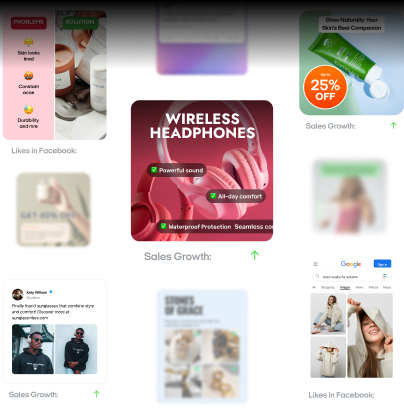Dynamic video ads: 5 ways to boost your ROI
If you’re still using generic, one-size-fits-all ads, you risk losing your audience’s attention. Dynamic video ads break this cycle by adapting content in real time. They use dynamic creative optimization to swap out visuals, text, and offers based on data like demographics, browsing habits, or abandoned-cart items.
At least 82% of internet traffic is now video, so personalization matters more than ever. In 2024, digital video ad spending soared past $191.3 billion, according to Statista. This is a sign of how vital it is to stand out with tailored content.
When you speak directly to individual needs, you’re not just serving another promo — you’re creating an experience that resonates.
DCO also streamlines your workflow. Instead of painstakingly creating multiple ad variations, you rely on automation to build them for you. Marketers in e-commerce, travel, and B2B have reported 2–3x higher click-through rates when ads feel more personal. Breaking away from static banners helps combat ad fatigue by showing each viewer a message that matters to them.
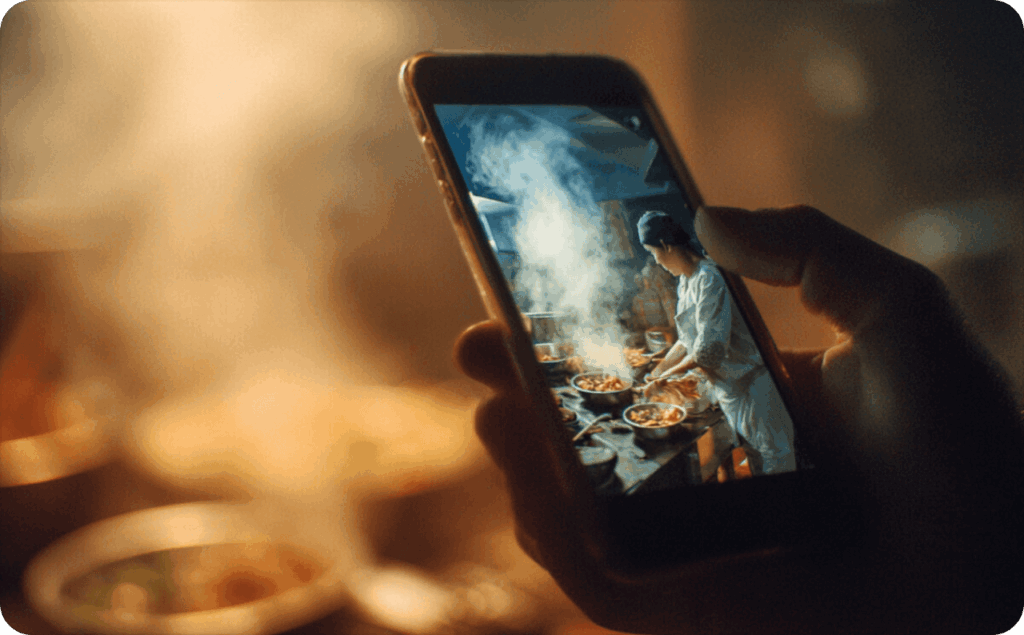
About dynamic video ads
Dynamic video ads are adaptive or responsive video ads that change in real time to match each viewer’s interests. Instead of blasting the same message at everyone, you focus on each person’s browsing behavior, past purchases, or demographic details. The result? Personalization that boosts click-through rates and ROI by making your audience feel recognized, not spammed.
Why dynamic video ads matter
Attention spans are short, and dynamic video ads cut through the noise. If you’re a retailer, you can highlight products shoppers left in their carts. If you’re a B2C marketer, you can tailor video demos to specific pain points.
Finance brands can personalize loan offers based on location or credit tier. This approach meets people exactly where they are, so you waste fewer impressions and see better returns.
How DCO works
DCO (Dynamic Creative Optimization) matches your ad’s message to the right person—automatically.
It starts by pulling data from your CRM, pixel, or on-site behavior. Then it builds the right creative on the fly using modular templates: think product reels, promos, or onboarding clips.
Distribution happens through platforms like Meta or Google. As results come in—clicks, conversions, scroll depth—the system learns what’s working and tunes performance in real time.
Want to skip the guesswork? Automate ad creation and let your creatives adapt to each viewer, without burning bandwidth.
The time and ROI factor
With automated video customization, you skip manually designing countless ad variations. You also cut down your cost-per-acquisition because you’re targeting relevant viewers. That’s far more efficient than rolling out the same generic ads to everyone.
From retargeting to loyalty
These dynamic ad technologies aren’t just for driving that first sale. They also nurture long-term loyalty by serving meaningful content throughout the customer journey.
If someone keeps revisiting your SaaS features, you can auto-generate a video that addresses those specific points of interest. This isn’t just advertising — it’s an ongoing conversation that builds trust, engagement, and lasting growth.
The importance of video marketing
Video content is fueling today’s digital strategies. It grabs attention faster than text and keeps people watching. But how do you prove its impact? And what happens when you move from static visuals to dynamic, personalized campaigns? You’re about to see the key metrics that justify a bigger video budget and learn how dynamic ads can drive even stronger results.
Video engagement statistics
Why does video captivate so many viewers? It blends sight, sound, and motion in a way our brains absorb better than text. In fact, Neil Patel reports that 80% of marketers say video drives more leads and revenue.
Short, vertical clips on TikTok or Instagram Reels prove that quick, visually compelling content holds attention and sparks action. If you’re pitching more budget for video, these stats show why it pays off.
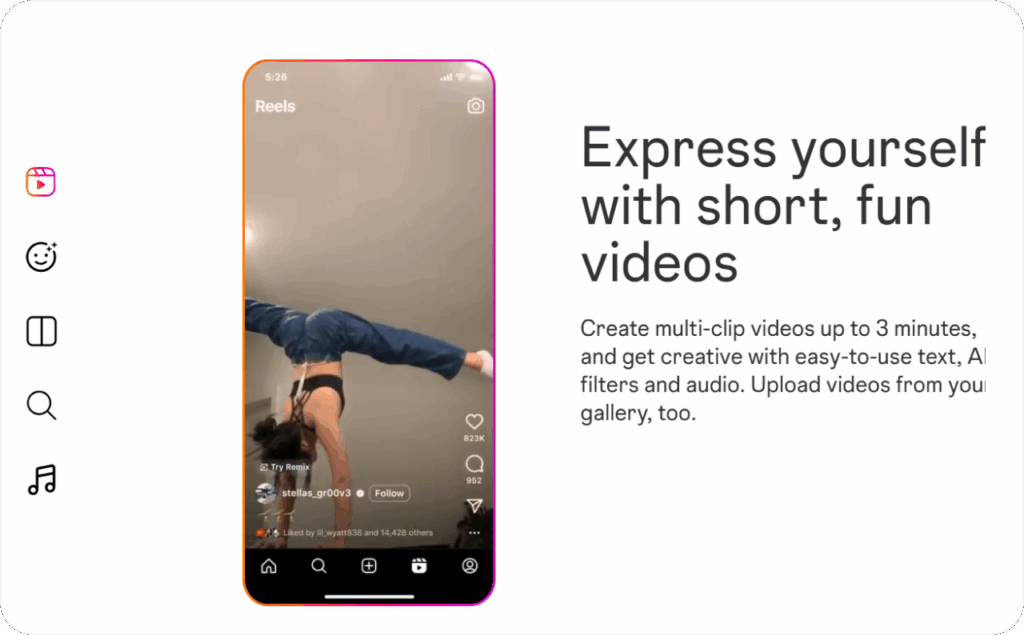
Photo: Screenshot of Instagram page
Shifting from static to dynamic ads
So how do you make the most of video and avoid banner blindness and ad fatigue? Enter dynamic video ads. They use real-time data from tools like Google Ads, Meta, or TikTok Ads Manager to personalize each viewer’s experience.
That means customizing clips with cart abandonment, past searches, or user demographics. When your audience sees relevant content, they’re more likely to pay attention and click through. Some retailers even report a 2x jump in ROAS. These personalized touches boost conversions and cut wasted spend because you’re showing people what they actually want.
If your video ads aren’t dynamic, you’re paying more for less engagement. By tailoring every impression, you build real connections and position your brand for lasting success in a crowded market.
Dynamic video ad best practices and strategies
If your dynamic video ads aren’t consistent or well-targeted, you’re leaving money on the table. You can fix that by focusing on top-notch creative assets, precise audience segmentation, and smart automation. When these elements work together, you’ll deliver personalized campaigns that resonate instead of annoy.
Creative asset quality and template design
High-quality visuals and flexible templates form the backbone of any adaptive video campaign. Keep your videos under 15 seconds when you can, and skip autoplay with loud audio. According to Entrepreneur, many people still find video ads intrusive, and low-quality videos are unacceptable to most viewers.
Use dynamic fields that update without messing up your main visuals. Brand consistency is crucial: if your logo is in the top-right corner for desktop viewers, keep it in that spot on mobile versions.
One apparel retailer stuck to a stable layout across all personalized variants and saw a 25% jump in click-through rates. People expect clean, on-brand experiences — anything less feels intrusive and leads to quick scroll-bys or muted reactions. Learn what makes effective ad creatives and how the right visuals drive clicks and conversions.
Campaign structure, audience segmentation & automation
A great-looking ad doesn’t matter if you’re talking to the wrong people. Break your audience into clear segments: first-time visitors, cart abandoners, loyal customers, or even specific zip codes. Show each group the video that fits their history or preferences.
Cart abandoners might see a “Still Interested?” prompt, while new prospects get a welcome offer. Keeping these variations current requires automation. Tool Zeely AI connect with Google Ads or Meta to pull fresh data right from your CRM or product feed.
You might pass a CSV or rely on a real-time API with fields like “product name”, “image URL”, or “price”. The platform then maps each field to a dynamic layer in your video template.
With automated video customization, you avoid manually designing countless ad variations. You also lower cost-per-acquisition because you’re targeting relevant viewers instead of rolling out generic ads. That’s far more efficient than serving one-size-fits-all campaigns to everyone.
Want to see how this all fits into AI-powered marketing campaigns? Platforms now reward relevant, personalized content — and AI makes that scalable. Static ads risk higher costs and fewer impressions, while dynamic video ads speak directly to each viewer’s needs.
Why it matters now
Platforms reward relevant, personalized content. Static ads risk higher costs and fewer impressions, while dynamic video ads speak directly to each viewer’s needs.
When you refine every creative element, target audiences carefully, and automate real-time data, you’ll deliver ads that feel useful instead of intrusive. That approach leads to higher ROI and deeper brand loyalty.
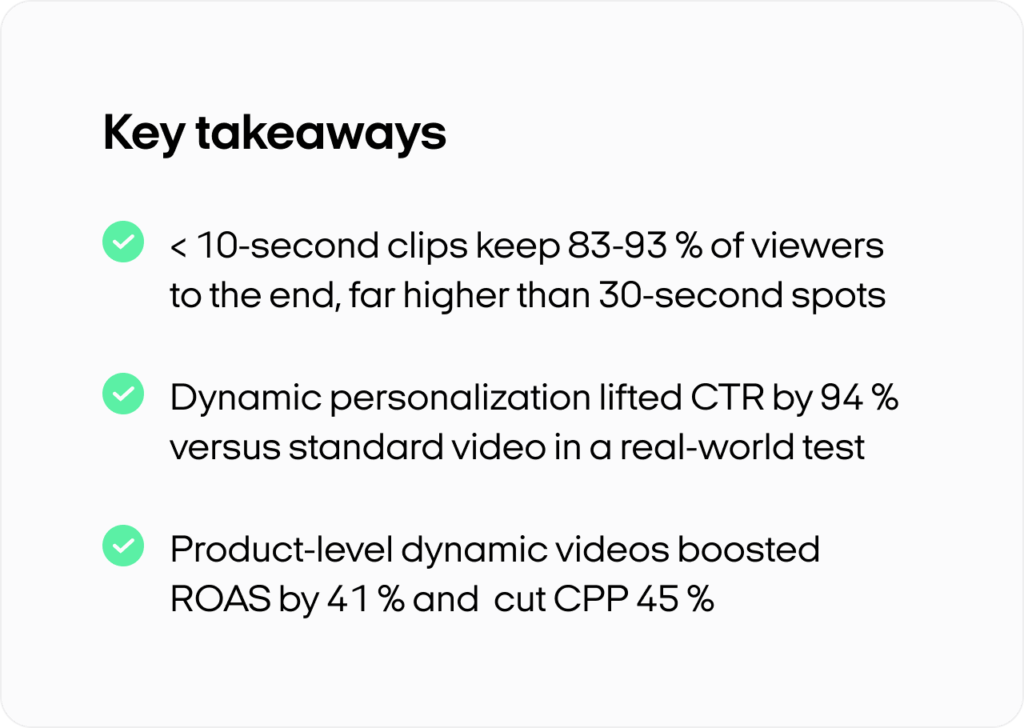
Create viral videos with Zeely AI video ad creator
You’re juggling too many marketing tasks and struggling to create eye-catching video ads. You want a quick, reliable way to handle both. That’s where the Zeely AI video ad creator steps in. You only need a few minutes to generate ad materials and launch full campaigns. Ready to scale up ML-enhanced advertising? Here’s your blueprint.
Install the Zeely AI app on your phone and set up your user profile. You’ll answer a few questions so the AI knows your business needs. Don’t want to use your phone? No worries — Zeely AI also works on your laptop or desktop browser.
Step 1: Add products
Drop in a product URL. Zeely AI automatically grabs the key details and images. No website? You can add product info and photos manually. Then choose the product type, pick a call-to-action, and tap Create product.
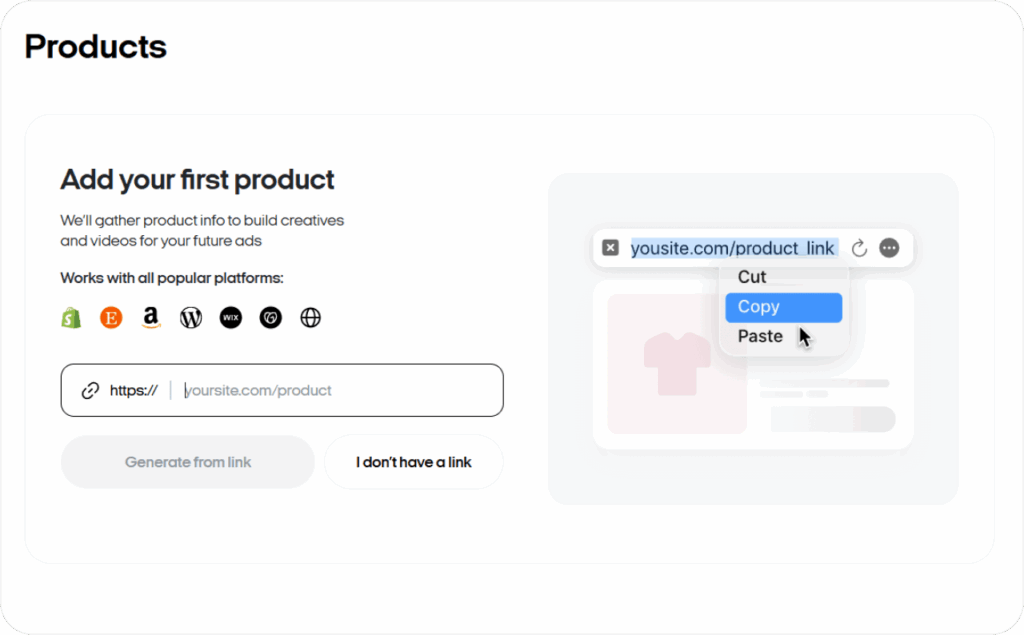
Step 2: Make video ads
Pick the product you want to showcase. Zeely offers video templates designed to catch attention. You choose one of 30+ hyper-realistic AI avatars that suits your brand voice.
For the script, you can either craft your own or let the AI write it based on proven marketing strategies. Throw in some background music, and your ad will render in about 7–12 minutes — often faster. While you wait, you can also put together static visuals.
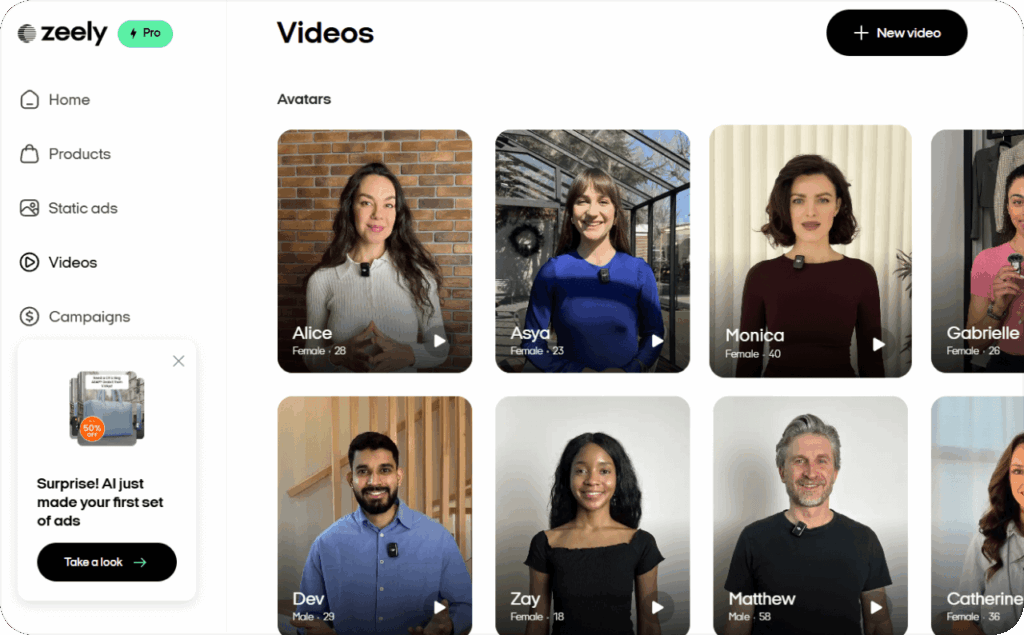
Step 3: Launch AI-optimized ad campaigns
Select your campaign objective — Traffic or Leads. Choose where you’ll run ads, like Instagram or Facebook. We recommend at least one video and two static visuals for variety. Zeely’s AI suggests targeting details such as location, demographics, and ideal ad duration. Set your budget, finalize payment, launch your campaign, and then watch your results in real time.
Just a few minutes — that’s all you need to create effective ads with Zeely AI. You won’t need extra hires or specialized skills, and you’ll save both time and money. Don’t wait —tap into AI-powered marketing and see how quickly you can grow.
Measuring success: Key metrics and continuous optimization
If you’re asking how to measure dynamic video ad performance, you need the right KPIs and a process that turns insights into action. This section breaks down essential metrics, platform nuances, and audience-segmentation tips to keep your adaptive video campaigns on track.
Key metrics and what they mean
Use CTR to see if your content grabs attention. Check view rate to spot drop-off points — maybe viewers bail at 10 seconds, so you shorten or front-load the hook. Monitor conversion rate to see if clicks turn into sales or signups, aligning your data with the right attribution window. Finally, tie it together with ROI and CPV to gauge whether each view is cost-effective.
According to Forbes, 91% of Instagram users watch videos weekly, with 43% preferring Stories over other formats. They also note that 26-second videos get the most comments, underlining the power of concise content.
If people drop fast, try a shorter clip on Instagram or place your offer earlier. On TikTok, consider hitting viewers with your brand or hook in the first 3–5 seconds. YouTube lets you stretch a bit longer, but front-loaded messaging still matters.
Data-driven optimization methods
Once you spot performance gaps, test adjustments. Tweak headlines, experiment with different intros, or swap in new CTAs. If certain regions convert better, tailor personalized ad placements for that audience.
Many marketers tap machine learning through Meta or Google Ads to auto-allocate budget to top-performing segments. Check metrics weekly — pause ads that fall flat, boost those that work.
Many marketers tap machine learning through Meta or Google Ads to auto-allocate budget to top-performing segments. Check metrics weekly — pause ads that fall flat, boost those that work.
Turning metrics into action
Consider each funnel stage. First-time visitors often need a different hook than loyal shoppers. If your dynamic video ads show strong CTR but weak conversion, refine your landing page or mid-funnel offer. If localized deals drive higher engagement, lean into that personalization.
Keep iterating until your video marketing benchmarks match profitable outcomes. By refining every creative variant and audience segment, you’ll stay relevant, compelling, and ROI-positive.
Future trends in dynamic video advertising
If you’re not embracing new tactics in dynamic video ads, you risk wasting budget. AI-driven personalization, interactive features, and cross-device integration are reshaping how brands create and optimize machine learning video ads.
If you’re not embracing new tactics in dynamic video ads, you risk wasting budget. AI-driven personalization, interactive features, and cross-device integration — all powered by generative AI, are reshaping how brands create and optimize machine learning video ads.
Here’s a closer look at two big shifts — innovations in AI and personalization, plus predictions and emerging technologies — so you can stay ahead.
Innovations in AI and personalization
AI now shapes automated video creation by using real-time user data. Tools like Zeely AI pull info from your CRM or eCommerce feed, then swap in product details, headlines, or CTAs on the fly. A global footwear brand tested personalized video ads on Instagram and saw a 35% boost in conversions compared to static campaigns.
Cross-device integration magnifies these gains. A user might see a mobile discount code, then watch a related offer on their connected TV. Same message, same brand feel, stronger recall.
Predictions and emerging technologies
Interactive video content is next. One travel brand let viewers tap on different resort areas — rooms, pools, excursions — right in the ad. Engagement jumped 20%. Expect more AR overlays that let users “try on” items or explore features without leaving the video.
Short, vertical clips will keep ruling TikTok and Instagram Reels, while YouTube and connected TVs favor slightly longer formats. Privacy changes mean first-party data matters more than ever. AI can adapt by analyzing in-ad actions and viewer behavior, then tweaking creative in real time.
If you skip these new features, you risk rising acquisition costs and fading relevance. Start small. Test one AI-powered tool or an interactive element this quarter. Gather real-world data, refine, and then scale up. That’s how you turn emerging technology into real results.
Conclusion
Dynamic video ads have transformed digital marketing by tailoring each viewer’s experience in real time. Powered by data and automated tools, these ads combat ad fatigue, increase engagement, and reduce wasted spend.
Whether you’re highlighting abandoned-cart items or customizing video demos for a B2B audience, dynamic formats resonate more deeply than static visuals. As AI-driven solutions and interactive features become the new standard, refining each creative element and segmenting your audiences carefully will keep your campaigns both relevant and ROI-positive.
In this fast-moving landscape, personalization isn’t just a tactic. It’s a competitive edge that fosters trust. It also boosts conversions. Finally, it sustains long-term growth.
Also recommended


